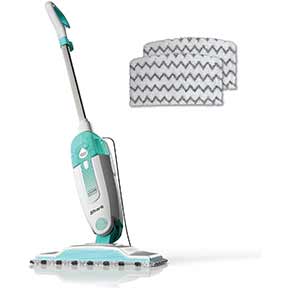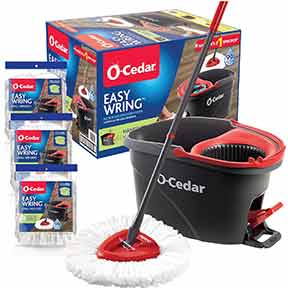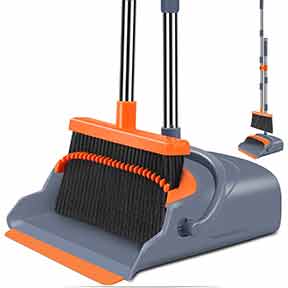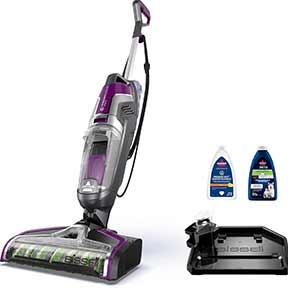Cleaning No Wax Floors
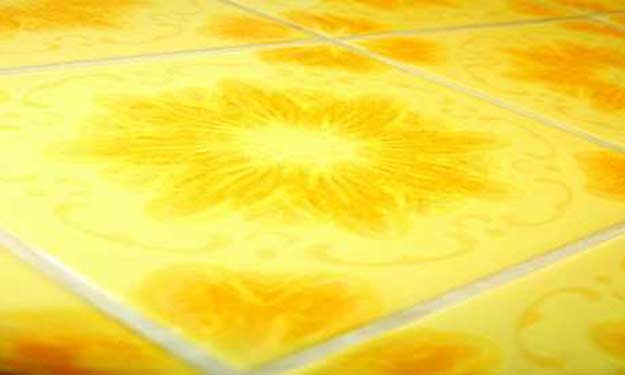
Cleaning No-Wax Floors: Easy Tips to Keep Them Shiny
Cleaning no-wax floors is easier than most people think – and one of the best perks of having them in your home. These floors are designed to stay glossy without the need for waxing, buffing, or polishing. That’s why many homeowners love them – they offer a sleek look with low maintenance. But even no-wax floors can start looking dull over time if they’re not cleaned properly.
Whether you’ve got vinyl, urethane, or enhanced urethane finishes, the good news is you can keep your no-wax floors looking like new with just a few simple cleaning routines – and without making common mistakes that cause buildup or damage.
What Are No-Wax Floors?
No-wax floors come pre-treated with a factory-applied finish that gives them a lasting shine – no polishing required. The most common types include:
- Vinyl No-Wax
- Urethane
- Enhanced Urethane
All of them resist stains, scratches, and scuffs – but how you clean them matters.
Cleaning No-Wax Vinyl Floors
Vinyl no-wax floors are a popular and budget-friendly choice. While they’re easy to clean, they can show dullness faster than other finishes if not properly maintained.
How to Clean
- Sweep or dry mop regularly to keep dirt from scratching the surface.
- Damp mop weekly with plain warm water. Avoid excess moisture – always wring out your mop well.
- For deeper cleaning, mix 1 tablespoon of mild, soap-free detergent (like Dawn) into a gallon of warm water. Mop with this solution, rinse with clean water, and dry the floor thoroughly.
Important: Avoid using traditional liquid floor cleaners – they can leave behind a waxy buildup that dulls your floor’s finish.
Cleaning Urethane and Enhanced Urethane Floors
These floors are tougher than standard vinyl and offer better resistance to wear and tear.
How to Clean
- Vacuum or sweep regularly.
- Damp mop as needed with plain water or the same mild detergent solution mentioned above.
- Vacuuming is safer with urethane finishes than on vinyl, so feel free to use a soft brush attachment for quick cleaning.
Enhanced urethane floors resist damage better than urethane alone, but both should never be waxed, buffed, or scrubbed with abrasive tools.
Deep Cleaning No-Wax Floors
If your floors look cloudy, sticky, or like they’ve been waxed by mistake, it’s time for a deeper clean.
How to Deep Clean
- Open windows and wear cleaning gloves.
- Mix one of the following in a bucket:
- 1/4 cup white vinegar to 1 gallon warm water, or
- 2–4 tablespoons ammonia to 1 gallon warm water
- Apply the solution with a mop, letting it sit for a few minutes – but don’t soak the floor.
- Mop up the solution and follow up with clean water to rinse.
- Dry the floor with a towel or microfiber cloth.
These solutions can cut through stubborn buildup and restore clarity to your floor’s surface.
Ongoing No-Wax Floor Maintenance
To keep your floors looking great year-round, develop a simple routine for cleaning no-wax floors:
- Sweep, vacuum, or damp mop weekly to prevent fine scratches and soil buildup.
- Wipe spills immediately to prevent staining or damage.
- Use minimal water when mopping to avoid loosening the adhesive or damaging the backing.
Extra Tips for Protecting No-Wax Floors
Here are a few more ways to extend the life of your no-wax floors and keep them shining:
- Use doormats at every entrance to catch dirt before it spreads. Avoid rubber or latex backing, which can stain floors.
- Add rugs or runners in high-traffic areas.
- Use furniture pads under legs of tables and chairs to avoid scratches.
- Remove high heels at the door – they can cause dents.
- Keep pet nails trimmed to reduce surface scuffs.
Cleaning no-wax floors doesn’t take fancy products or hours of scrubbing – just regular attention and the right techniques. Stick with mild cleaners, avoid waxes and heavy moisture, and stay on top of dirt and spills. With a little effort, your no-wax floors will stay shiny and beautiful for years to come.
Floor Supplies
